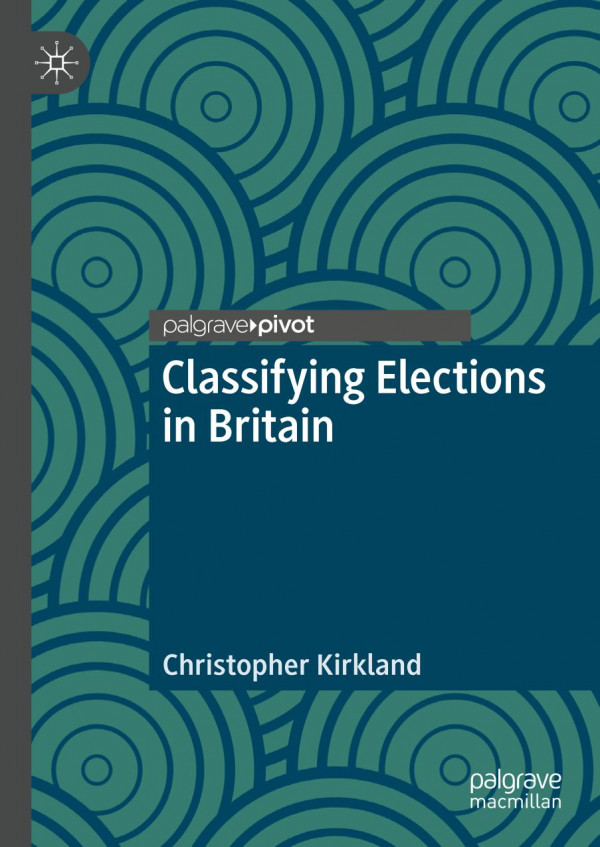

Most ebook files are in PDF format, so you can easily read them using various software such as Foxit Reader or directly on the Google Chrome browser.
Some ebook files are released by publishers in other formats such as .awz, .mobi, .epub, .fb2, etc. You may need to install specific software to read these formats on mobile/PC, such as Calibre.
Please read the tutorial at this link: https://ebookbell.com/faq
We offer FREE conversion to the popular formats you request; however, this may take some time. Therefore, right after payment, please email us, and we will try to provide the service as quickly as possible.
For some exceptional file formats or broken links (if any), please refrain from opening any disputes. Instead, email us first, and we will try to assist within a maximum of 6 hours.
EbookBell Team

5.0
98 reviewsThis book seeks to understand and classify differences that exist between a variety of elections in Britain. It moves beyond first- and second-order classifications developed following the European Parliamentary Elections in 1979 to include elections of devolved administrations such as the Scottish Parliament, local mayors or the Police and Crime Commissioner Elections. Drawing upon a range of elections, the book develops a new classification based on the interactions that exist between voters, the media and political parties. In doing so, it argues that alongside voters, political parties and the media can, and do, prioritize certain elections. The author explores the role of each group within elections individually through case studies. The final chapter then offers an overall means of understanding the levels of salience attached to each election.